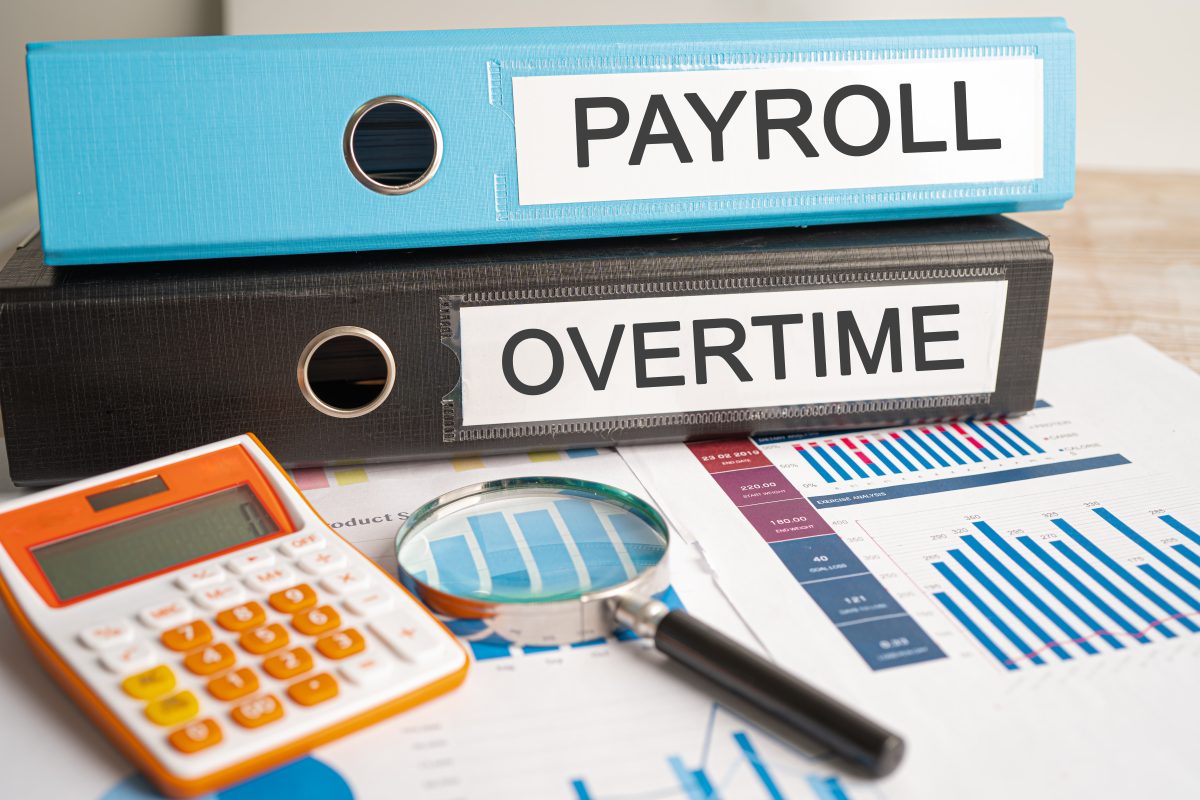“Rick” was a strapping salt-of-the-earth man. He built a very profitable and successful farming operation. Now in his early-70’s, he was ready to take a step back and let his children take over the day-to-day logistics of running the multi-million-dollar farm. He placed control of the business in his sons’ hands, while his daughter assumed responsibility for managing the office, including accounts receivable and payable, and issuing employee payroll. Everything was going well for about five years, but people began noticing that the daughter was coming into the office less and less. Worse, some of the farm’s vendors were complaining that their invoices hadn’t been paid, or the payments were incorrect. Then, it was inadvertently (but fortuitously) discovered that the company’s payroll taxes hadn’t been paid, which led to further investigation. It didn’t take much analysis of the farm’s QuickBooks account to learn the daughter had been issuing herself three or more paychecks per week. Upon closer inspection, there were hundreds of checks clearing the bank that weren’t in QuickBooks at all! The books were so manipulated, it was almost impossible to fully understand how much was stolen, but in the end the source documents told the real story: a fraud tipping the scale at more than a half-million dollars.
At first blush, payroll fraud might seem difficult to pull off – after all, shouldn’t it be obvious? But a well-hidden fraud is not obvious to most business owners. And, unfortunately, by the time most payroll frauds are discovered, months (or, years) have passed, resulting in losses of hundreds of thousands of dollars. Payroll fraud can occur in any business, in any industry – from the mom-and-pop corner market to a billion-dollar publicly-traded company.
Payroll fraud is classified as a form of asset misappropriation. In this scheme, an employee abuses his or her access to company payroll systems to issue unauthorized payments. The most common payroll fraud schemes and preventative measures include:
Ghost employee schemes. A fake, terminated or non-existent employee or vendor is issued checks that the fraudster cashes for personal gain. This is more common in companies where supervisors manage large staffs and are therefore not reviewing compensation in detail as a smaller organization might. Employers should conduct periodic audits of their payroll reports to ensure employees are getting the correct pay. It’s also essential to review Social Security numbers to make sure there aren’t any duplicate or missing numbers that may point to a ghost employee scheme. Another red flag is multiple direct deposits to the same banking account or the issuance of checks to employees at the same address.
Timesheet fraud. This is common in businesses who pay their workers an hourly rate. An employee inflates his or her hours or punches the clock for an absent employee. To deter this scheme, supervisors should verify and sign timecards for each pay period.
Rate Adjustment. This is a fraud where an employee increases their rate of pay, pays themselves overtime, or intentionally gives themselves a bonus or commission not actually earned.
Lack of deductions. Federal withholding tax, state withholding tax (if applicable), Social Security, and benefits deductions (e.g., medical and 401(k)), that are required to be deducted from the employee’s check but aren’t. Instead, the employee effectively allows the employer to pay for the tax or benefit.
Un-repaid payroll advances. This is a passive fraud. An employee requests a payroll advance but doesn’t pay it back. This is easiest to execute when the accounting staff records the advance as an expense rather than charging it as a balance sheet item, or never monitors for repayment, eventually forgetting the advance was issued.
Payroll fraud is especially frustrating because it’s preventable. Even small businesses can implement simple internal controls that can reduce the likelihood of this type of theft. The best measure is a simple review of the payroll reports after payroll has been approved and processed to verify payee names, rates of pay, hours and deductions are appropriate. Additional controls include:
- Separate payroll set-up, approval, and processing functions.
- Require employees to take mandatory vacation time.
- Cross train and rotate job duties of employees in payroll and human resources.
- Implement a direct-deposit system for payroll and bonuses.
- Require managers to approve timesheets and overtime requests.
- Review bank statements and cancelled checks each month, making sure the payee matches the entry in QuickBooks.
- Establish a zero-tolerance policy for fraud and prosecute violators to set an example.
Payroll fraud is a costly and potentially devastating crime because very often payroll is a company’s most significant expense. To reduce the likelihood of insider theft, employers should stay up to date on who in the organization is being paid and how much is authorized. It’s critical to keep a close eye on money in and money out to disrupt fraud and prosecute the perpetrator.
###
Tiffany Couch is CEO and founder of Acuity Forensics, a nationally recognized forensic accounting firm. She is also the author of The Thief in Your Company, a book that explores the financial and emotional impact of fraud on organizations of all sizes. She can be reached at tcouch@acuityforensics.com or (360) 573-5158.
Thanks for reading CPA Practice Advisor!
Subscribe Already registered? Log In
Need more information? Read the FAQs



